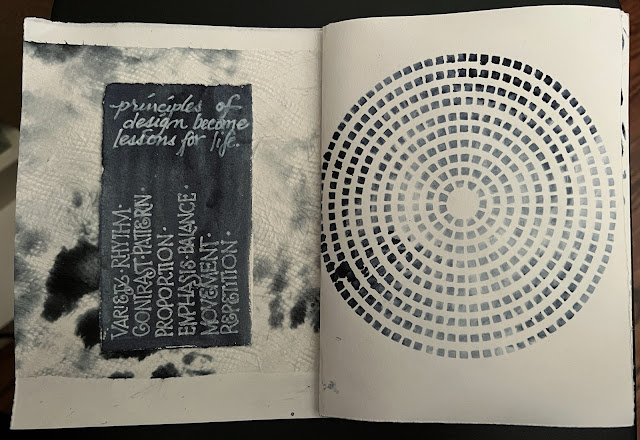.jpeg) |
| Three-story view of the Napa River |
Sometimes when I start to read a book, I realize I'm in the presence of a better-than-good writer. I can't say that about every book I've ever read, but the word choices made by extraordinary writers pull me into their writing and I spend time outside my own life in their universe. As I read along, I find myself thinking of ways to attempt to write in a similarly profound way.
This happened to me recently as I read Margaret Renkl's memoir, Late Migrations. She mixed her family history with her discovery as a child of the natural world. She writes about cats with such detail, that it made me envision our own cat flicking her tail back and forth in anger or licking my hand gently to encourage more petting, or hearing her slight murmur when I enter a room she is lying in, or just my seeing her front paws near my face as she stands at attention next to me while I do my floor exercises in the morning.
Renkl's description of herself from a childhood photo made me think of a photo of me dressed in my summer romper, ignoring the toys strung across the hood of the carriage I was sitting in, looking eager to get out and already impatient with a camera in my face.
I think of our neighborhood now when I read about Renkl's childhood home in the outer suburbs of Tennessee. She spent time in the woods discovering about life outside. We live in a well-manicured suburb, but we are right next to a wild place with a creek running behind some of the houses. A bobcat with its long legs and black-tipped pointed ears loped across our street into our neighbor's backyard and down to the creek the other day. The creek runs with water most of the year and is filled with fallen trees, rocks, and places for deer and other wild things to hide in the cool shade.
 |
| Bobcat sketches drawn from Internet images Cats are hard to draw & pencil works best for me |
Do you have favorite writers who can evoke such a place in your mind that you feel you are a part of their world? I can think of Robert MacFarlane and Joyce Carole Oates, two writers who look at the world from unique points of view. MacFarlane writes of his journeys into the wildest places and Oates, a prolific author, wrote an essay, They All Just Went Away, about her childhood as she, like Renkl, wandered alone in the woods near her home. She ventured into abandoned buildings, and described them in her writing, but also found a writing theme in their decay.
Good reads for summer: These books come from my tendency to pick up any book about living with nature, mysteries based during the 1930s and WW I and II, and books about the wisdom I've found from older writers who write about the changes in life as they get older. Diana Athill's book, Somewhere Towards the End, started me on that pursuit.
Read Joyce Carole Oates's essay here:
https://www.newyorker.com/magazine/1995/10/16/they-all-just-went-away
You can find Margaret Renkl's essays here:

.jpeg)





.jpeg)
.jpeg)
.jpeg)

.jpeg)
.jpeg)
%20(1).jpeg)